What’s the best way to tell area residents about plans for a new asylum shelter nearby?
The government should tell communities directly about plans for new asylum shelters, some activists and politicians say.
The stairwells are dirty and graffitied, with broken vents and rusted handrails, damp patches from leaks, and wires hanging loose.

At Cromcastle Court in Kilmore West, several of the housing blocks are boarded up with rusted metal shutters. Others are partly shuttered.
The grass is uncut and strewn with rubbish.
Outside the stairs to several blocks sits yet more rubbish, including abandoned shopping trolleys. An old council maintenance building is abandoned. Thick green moss covers a disused children’s play area.
It looks derelict. But about 50 households still live here, says Social Democrats Councillor Jesslyn Henry.
Inside one of the blocks, resident Alison Dowling leads the way up dirty stairwells with filthy graffitied walls and rusted handrails with jagged holes, where the metal has broken off.
On her landing, Dowling points up to electrical wires hanging loosely and to damp patches in the ceilings where, she says, water leaks into the halls. “That is really bad when it rains.”
“Years and years ago,” the council used to clean the hallways properly, says her neighbour Fran Lindon.
Another neighbour comes down the stairs to ask Dowling if she has hot water. She isn’t sure. “It comes and goes,” she says. “You go to have a shower and it’s freezing.”
The heating cuts out fairly often too, she says. “It does be like ice,” says Lindon. “It reminds me of being in a morgue, you know that stone cold.”
Dublin City Council has plans to demolish Cromcastle Court, a social-housing complex built in 1971 with 128 homes spread over eight blocks, and rebuild it in phases.
It would mean knocking the empty blocks, rebuilding on that land, moving these residents across into the new homes, and then demolishing the blocks where they are currently living.
Henry, the Social Democrats councillor, says it would be easier for residents, and quicker for the council, to move them out into newly built homes nearby instead while the council rebuilds their complex.
Says Lindon, one resident: “Why can’t they do the whole lot together? It’s common sense.”

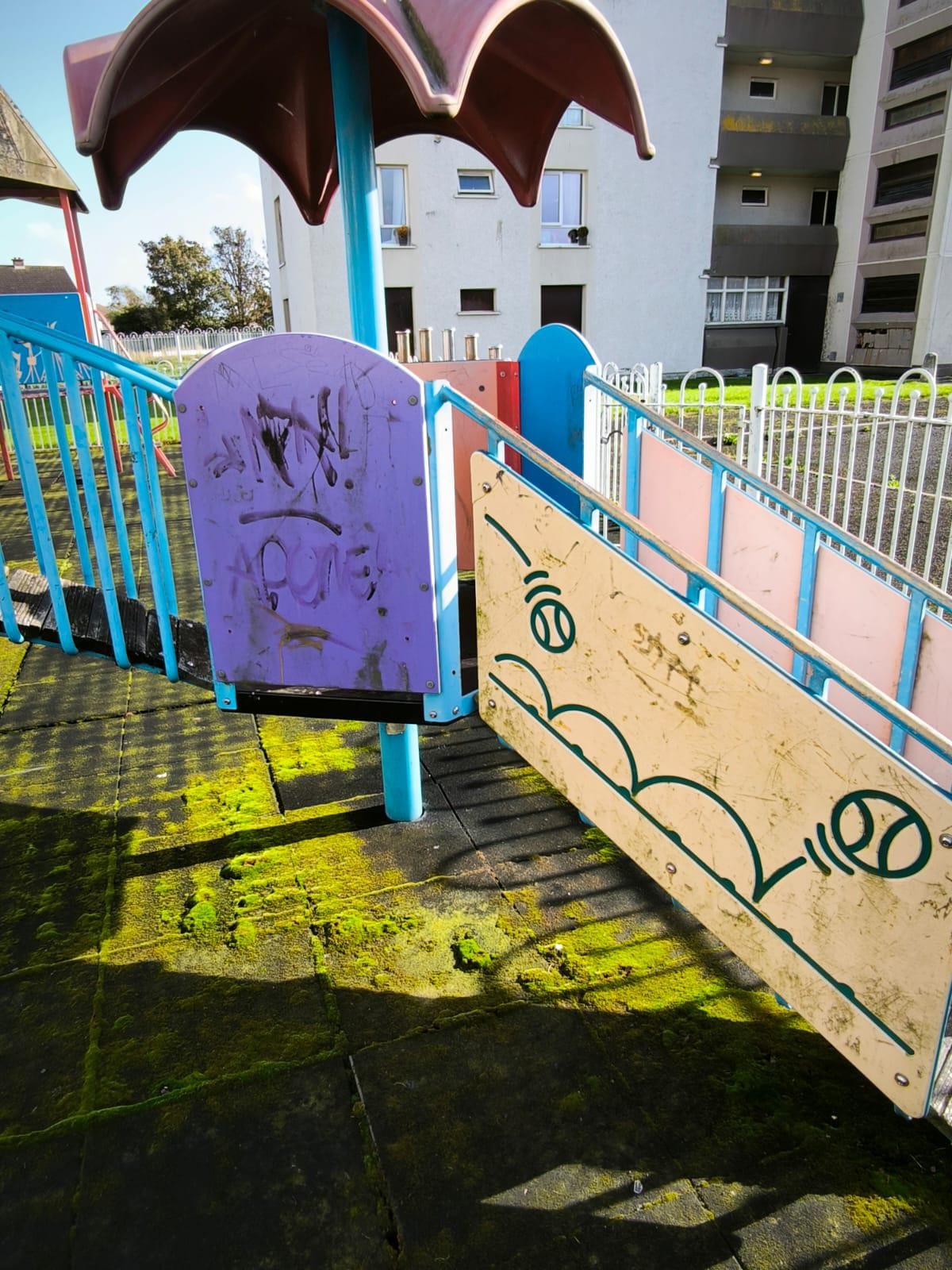
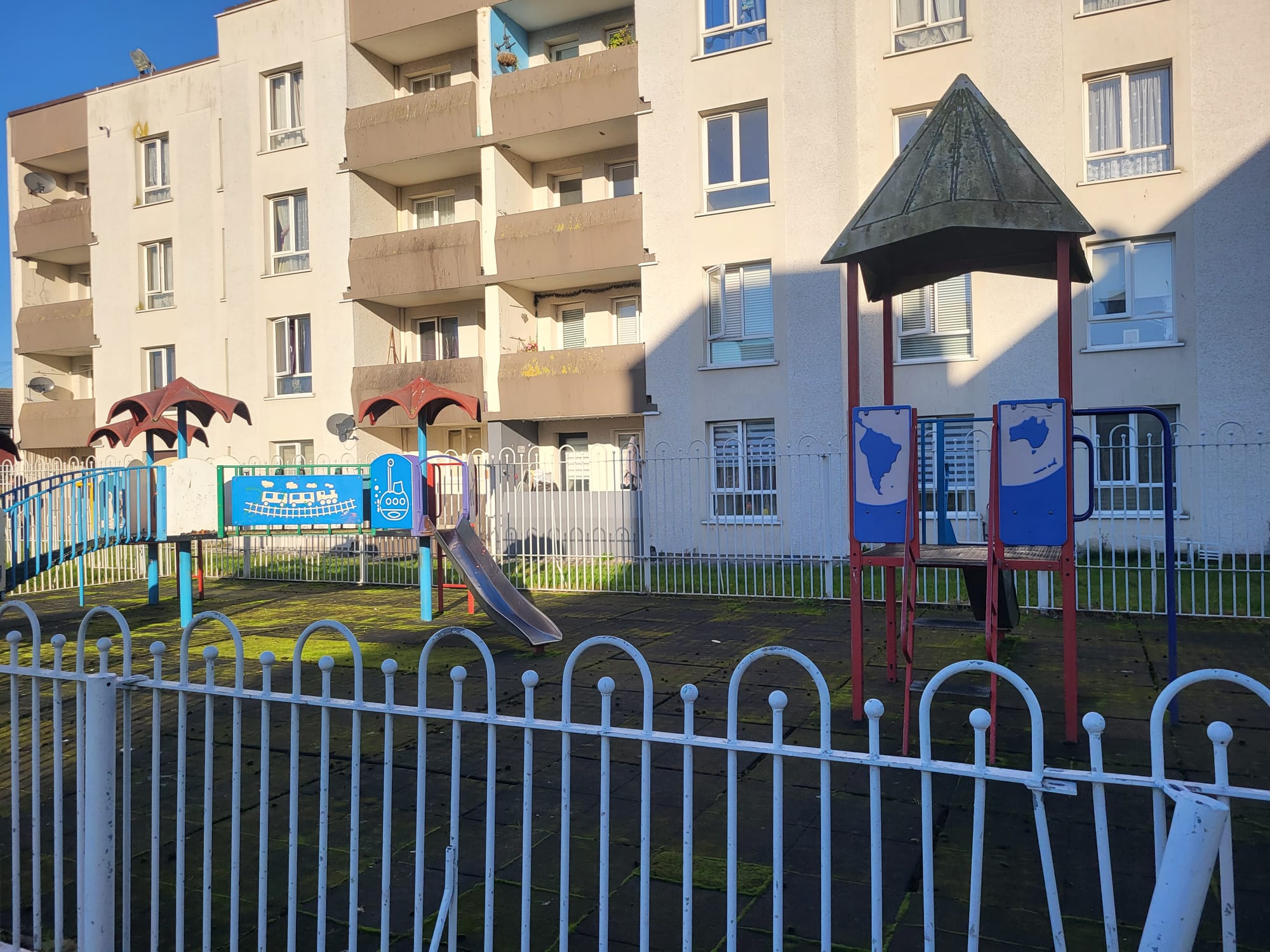
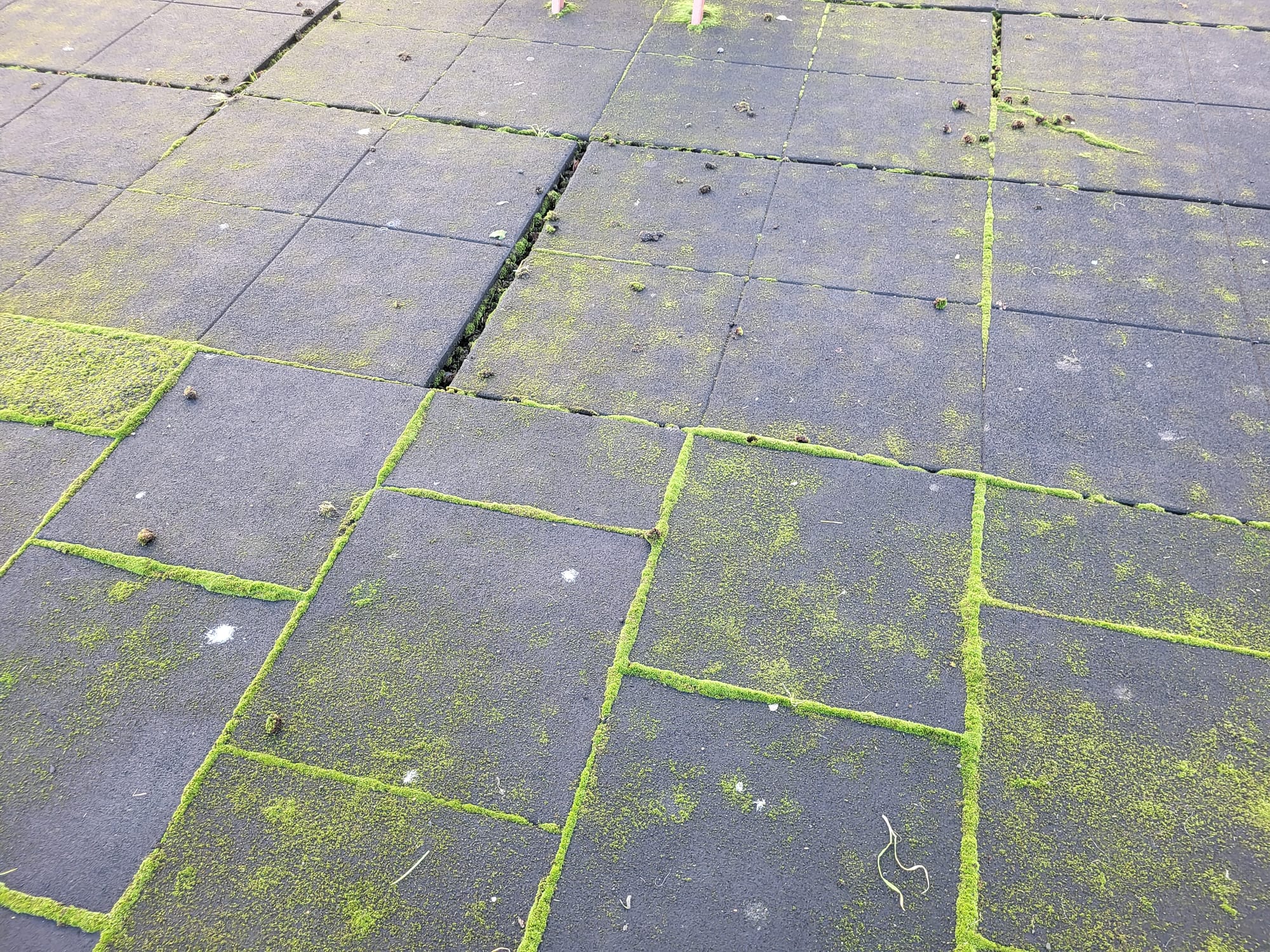
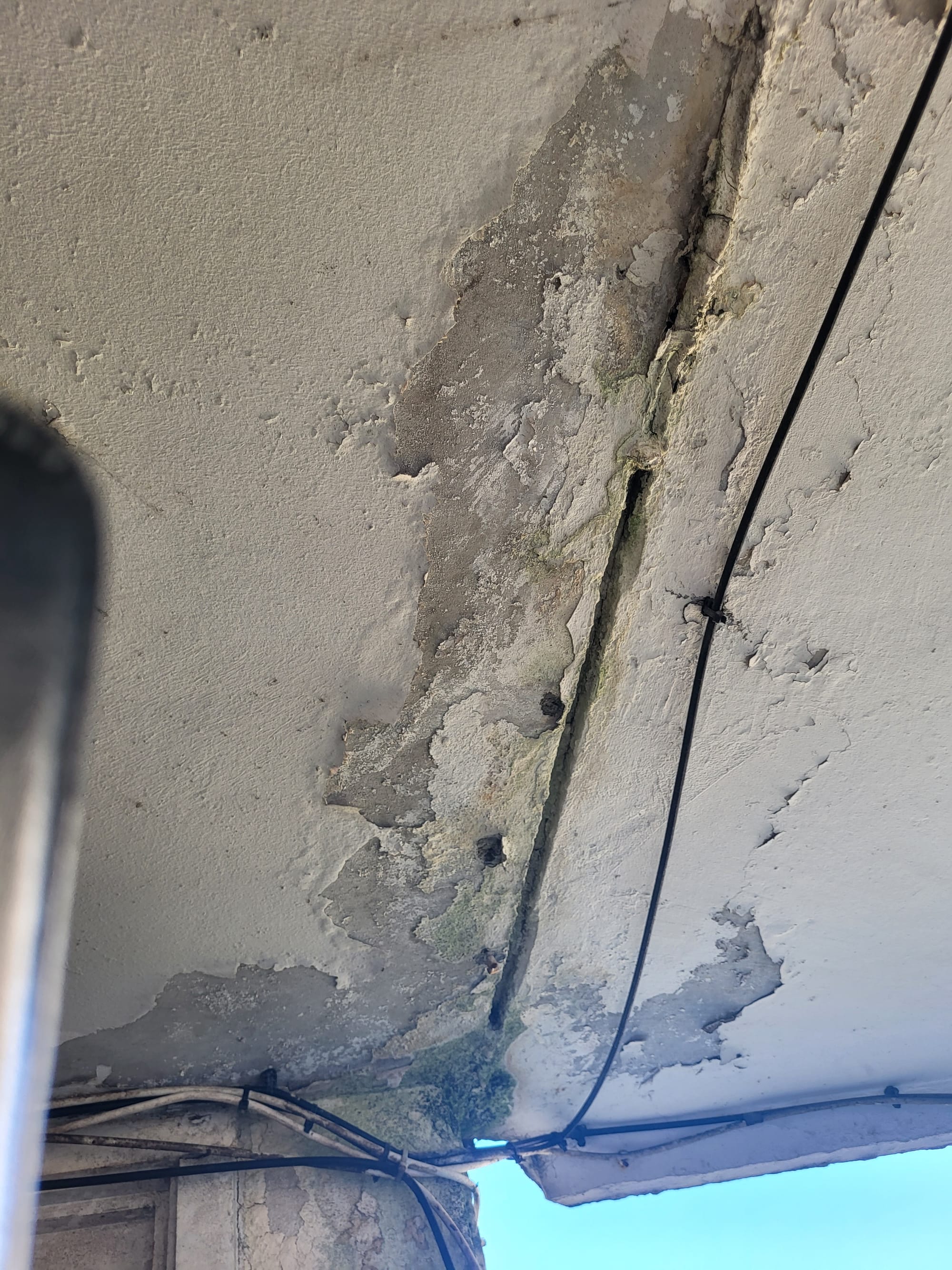
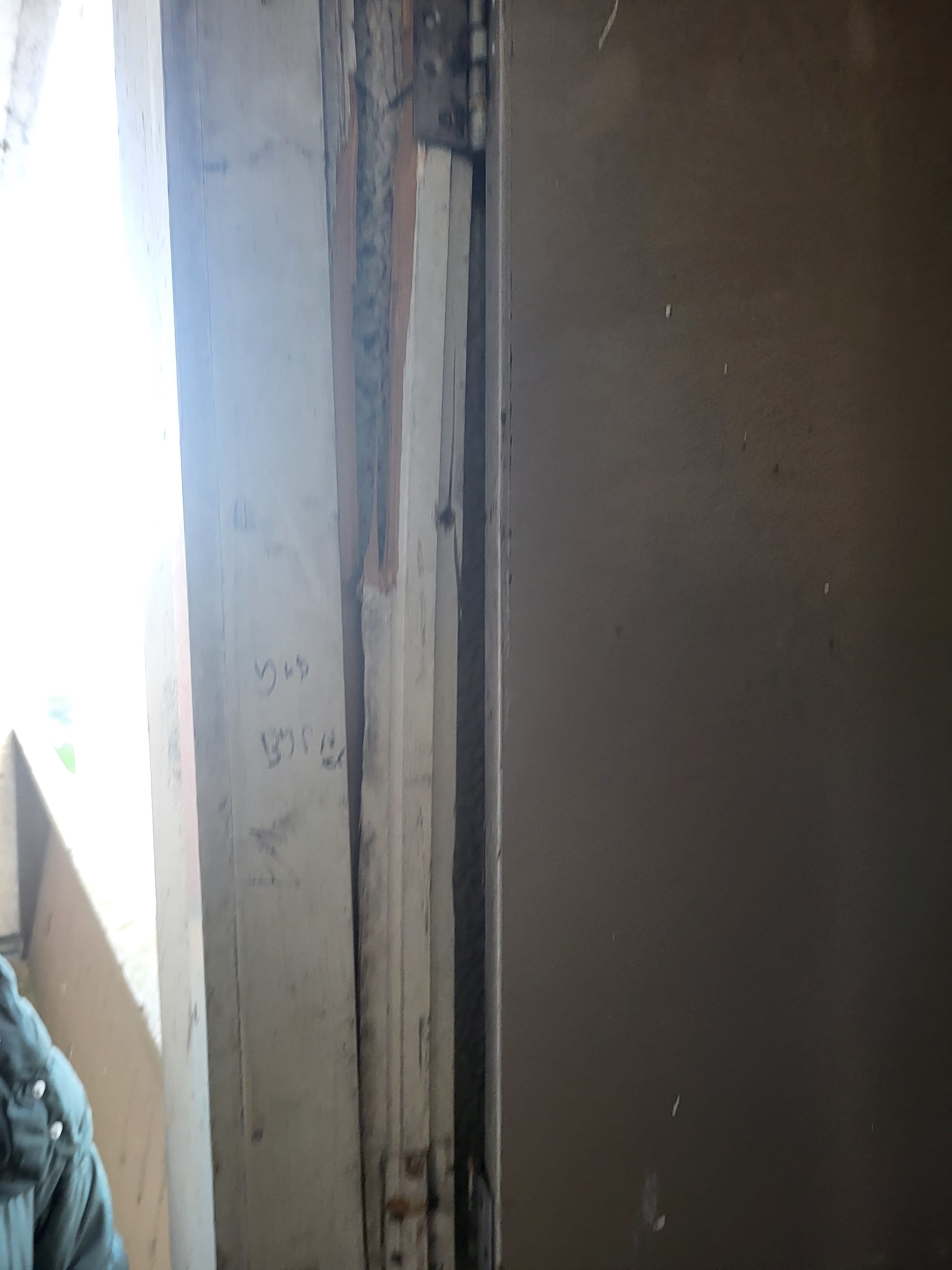
At a meeting of the council’s North Central Area Committee on Monday, Henry again raised the plight of residents in Cromcastle Court. “It’s getting worse and worse every day,” she said.
Many residents are working and paying significant rent, she says. “Paying for the privilege of living in a hovel. Their own little flats are lovely, in most cases, but it’s the communal areas around it.”
Lindon’s flat is decorated in light colours. In the dining room, cream-cushioned chairs surround a large wooden table with golden table mats.
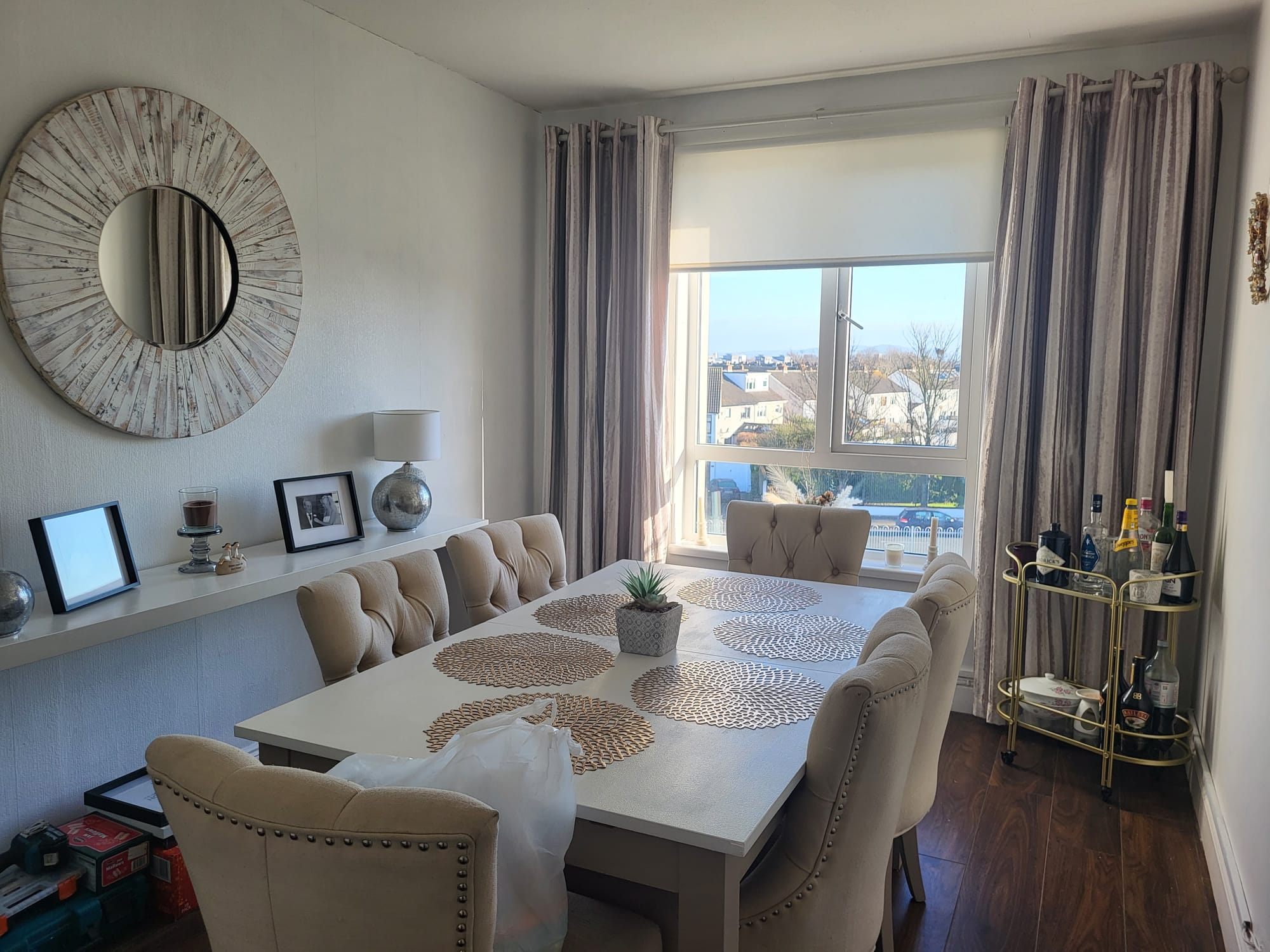
Lindon pulls back the floor-length curtains and opens the window.
The windows are fairly new but faulty, she says. She pulls at the closed handle and the whole window frame shakes. “I just think they are not great.”
One of her neighbour’s windows fell out, she says.
“I’ve windows hanging off. I’ve been on to the corporation, they are not doing nothing for me,” says Amy Rooney, who is gasping for breath, because she ran home from work on a short break to get a chance to have her say.
The state of the communal hallways in the complex is totally unacceptable, she says. “I’ve had confirmations, communions and all, bringing kids up them stairs, it’s deplorable,” says Rooney, who has two children.
“I have a good block, I really do with people in it,” she says. She is happy inside her home, but when it comes to getting maintenance done it’s impossible, says Rooney.
Her partner fixed a door handle on the landing recently as he was worried they wouldn’t get out if there was a fire, she says. “If they had a bit of respect for us, and looked after us, instead of taking our rent and not doing shit for us.”
Bins aren’t emptied and residents cannot control their heating, she says.
“One minute you’re melting in your house, one minute you’re freezing,” says Rooney, her voice raised and she talks fast as she twirls the controller on Lindon’s wall. “It’s nothing, that’s just a piece of plastic on the wall.”
Lindon has an air-conditioning unit in her living room, she says. She doesn’t like to open the door to her balcony in case mice get in.
Lindon says she pleaded with the council for two years to remove a sofa from the balcony of the vacant flat next door because pigeons were nesting there and debris was blowing over onto her balcony.
In the end, “I told them I was going to go to health and safety,” she says. After that, the council removed the sofa, she says.
The council has tried to do things, says Lindon, like insulating the blocks, which she thinks is pointless. “Why are you even putting the money into wrapping them?” she says.
“It’s a plaster on a decapitation really, Fran,” says Cat Ingles, the local shopkeeper who lives nearby, standing in Fran Lindon’s dining room.
The women are putting together a residents’ group to ensure they have a voice.
“Kilmore West is a community,” says Inglis. “We are totally disgusted that our neighbours have to live like this and we are all here for each other.”
Residents in Cromcastle Court have been living under the shadow of regeneration for years.
In mid-2018, Dublin City Council began the regeneration process and stopped allocating empty homes to new tenants.
Also in the summer of 2018, tenants noticed large cracks and sagging in the concrete floor, the Journal reported at the time.
Lindon said the residents had to hold protests to get their neighbours moved out of that block, which was very unsafe.
In November 2019, the council carried out a consultation, and by December 2020 architects were working on designs and preparing a planning application, according to the council website.
The council has been stuck at the design phase. In January 2024, it launched a consultation document, promising to demolish the empty blocks and rebuild 150 new homes in phase 1, as part of a larger development of 350 homes.
Dublin City Council hasn’t responded to queries sent Thursday asking why the regeneration is taking so long to progress.
But Henry, the local Social Democrats councillor, says planning permission is not yet approved for works – so if the development is done in phases, these residents could be living on a building site for the next 10 years.
The council’s housing supply report says that phase 1 of the development, 149 homes, should be finished in 2029. After that the existing residents would have new homes but would still have demolition and building work beside them.
“So we’re not getting moved at all?” says Dowling, sounding surprised.
“They need to move everybody out,” says Lindon. “There is not that many families left.”
In June 2023, the council’s housing manager at the time, Coilín O’Reilly, said in relation to another regeneration project, Basin View in Dublin 8, that phasing the development is more expensive and takes longer.
“The difficulty with phasing, and we’ve experienced this across the city, it adds significant cost and significant time to the project,” O’Reilly said. “So if we phase it, it could add €20 million to it and could add a year to the project.”
The council does it that way because it has nowhere to move the existing residents to, he said.
Henry says that in Coolock the council does have options. It could move the remaining residents into some of its 78 newly built homes nearby at Chanel Manor, which have not yet been allocated.
Then it could demolish and rebuild Cromcastle Court more quickly, allowing the residents to return once the works are completed, she says.
Over at Basin View in the south inner-city, local activist Damien Farrell sits on the regeneration board.
He says the council plans to do that regeneration in phases too, and most of the residents are not in favour of that approach.
On 9 December, at a local area meeting, Henry put questions to the council’s area manager about shorter-term improvements, and requested maintenance works at Cromcastle Court.
She asked the council to remove rubbish, cut the grass, and replace broken lights and door handles in communal areas.
She also asked it to clean up the disused maintenance buildings and “address the inadequate and unsafe children’s play areas”.
At a local area meeting on Monday, Sinn Féin Councillor Edel Moran and independent Councillor John Lyons raised the issue of Cromcastle Court.
“The place is in a horrible state,” said Moran.
Lyons asked for a monthly report to councillors on maintenance issues raised at Cromcastle Court and the actions taken by the council in response.
“There’s a lot of people living in conditions that we wouldn’t accept or tolerate,” said Lyons at the meeting.
Area Housing Manager Derek Farrell said the council will examine the areas that Henry had raised in December, including exterior works and balconies, bins, the public realm and green areas, he said. “We are going to look at it all.”
There is only a part-time caretaker at the moment for the complex, and he hopes to increase that to full-time hours, he said.
Dublin City Council hasn’t responded to queries sent Friday as to how it plans to maintain the communal areas and public space at Cromcastle Court.
Get our latest headlines in one of them, and recommendations for things to do in Dublin in the other.